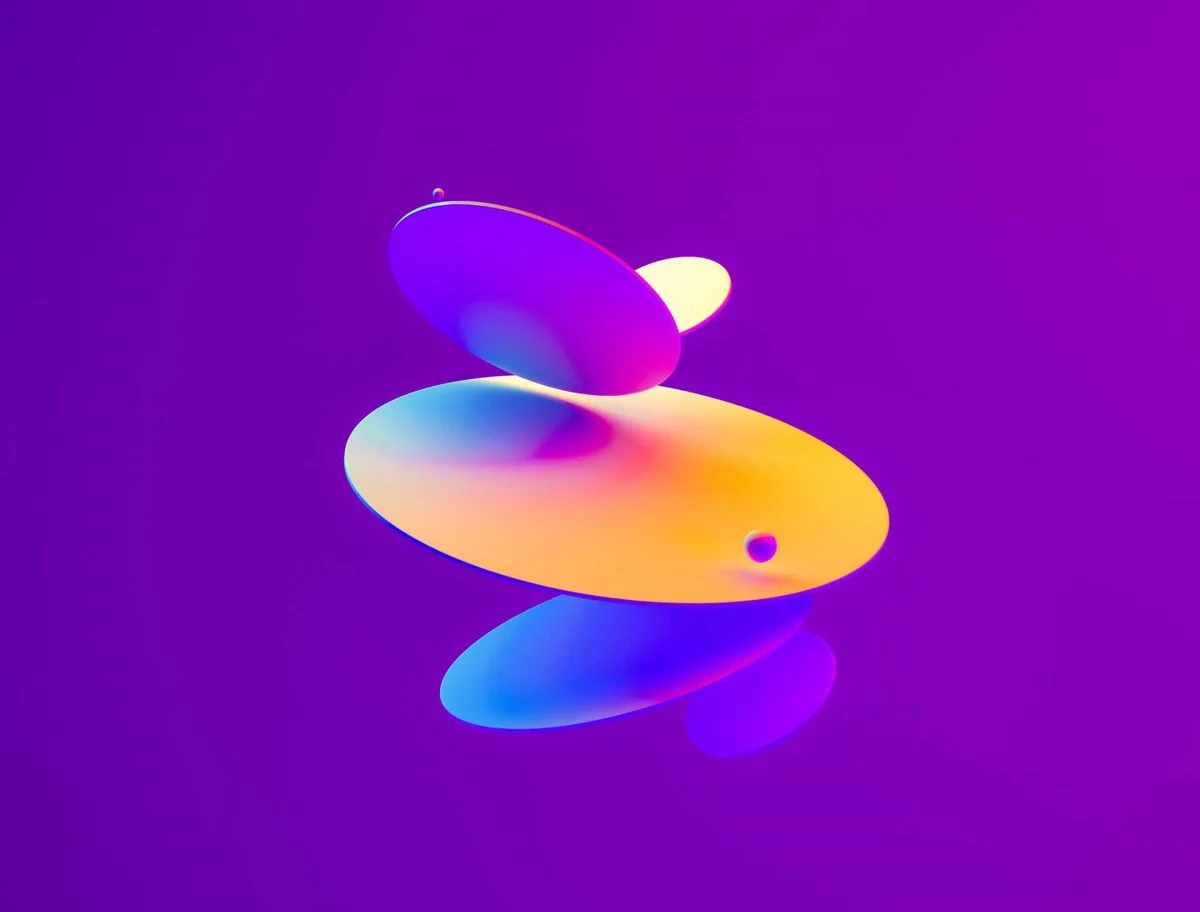If you’ve been on the internet in the past couple of months, you’ll probably have heard of NFTs. Wait, no – you’ll 100% have heard of NFTs. It’s just one of the biggest projects to date. It’s been almost a year since NFTs entered the mainstream and headlines continue to pop up about people, celebrities, and normal folk alike, paying house money for clip art photos of rocks or apes – yet many people continue to wonder what an NFT is.
Don’t worry, we’ll explain this concept to you right now.
What are NFTs?
NFT’s stand for “Non-Fungible Token”.
Let’s break this down a bit more.
The expanded notation of NFTs can be broken down into two parts: “Non-Fungible” and “Token”.
“Non-fungible” more or less means that the token is one of a kind and can’t be replaced with something else. If you had a pen, for example, that is fungible – trade one pen for another and you’ll have the exact same thing. An art piece, however, is non-fungible, where the serial codes separate the different variants of the same card. The fact that they are logged on a digital ledger means that they offer unique signatures of ownership that cannot be replicated.
“Token”, on the other hand, means that these items are more than just collectible pieces of pixel art. By being tokens, they represent whatever underlying value their creator writes into them. If you have, for example, photos of your house or lot for sale, you could turn that into an NFT.
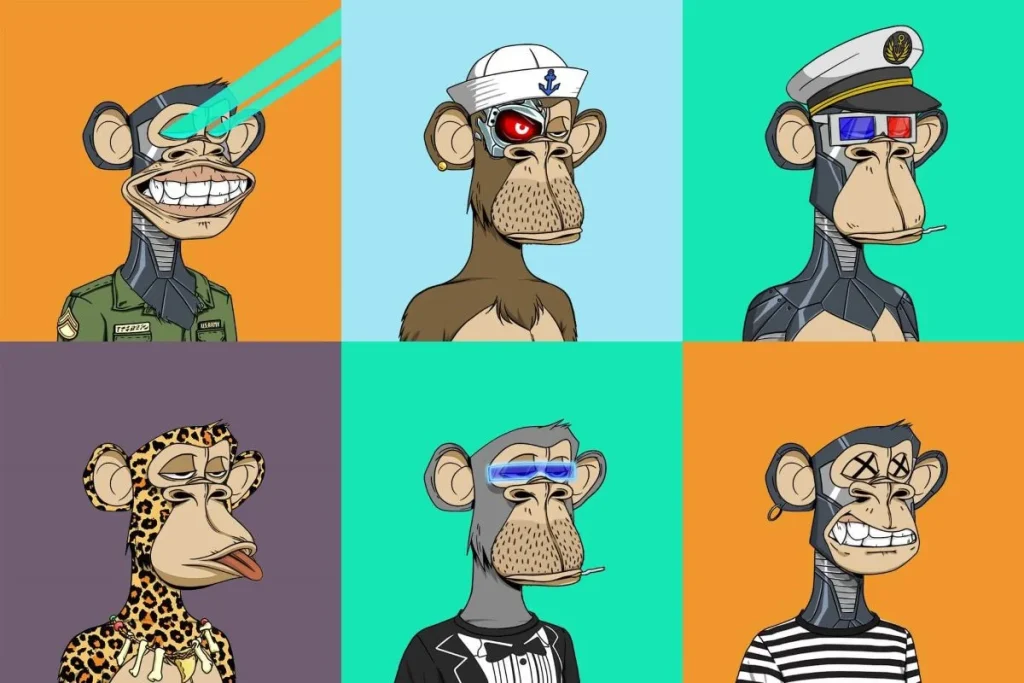
Bored Ape Yacht Club NFTs | Photo from newyorker.com
In effect, a non-fungible token is a token that we can use to represent ownership of unique items. They let us create a unique stake in art, collectibles, and even real estate. Above all, no one can modify the record of ownership or copy/paste a new NFT into existence.
NFTs solve some of the problems that exist on the internet today. As everything becomes more digital, there’s a genuine need to replicate the properties of physical items like scarcity, uniqueness, and proof of ownership.
What Are NFTs Built on and How Do NFTs Work?
NFTs are built on the Ethereum network. One advantage of having your digital asset built on a network is the transferability afforded to you. An NFT ticket for an event, for example, could be traded on every Ethereum marketplace, for an entirely different NFT.
It’s important to note, however, that other blockchains (like Flow and Tezos) also support NFTs.
So how do they work?
The NFT system is based on public digital records where everything remains easily verified and traceable, although the person or entity that owns the token can remain pseudonymous.
Almost all digital assets can be tokenized, including but not limited to artwork, in-game items, and stills or videos from a live broadcast. If you’ve heard of NBA Top Shot, one of the largest NFT marketplaces right now, you’ll know what we’re talking about.
Though the NFT community is a year old now, there continue questions surrounding the replicability of the assets you purchase. Depending on the NFT, the copyright or licensing rights might not come with the purchase, meaning that the company that sold your asset could make more using the same image. Similar to how purchasing a limited-edition item doesn’t necessarily grant you exclusive rights to the image.
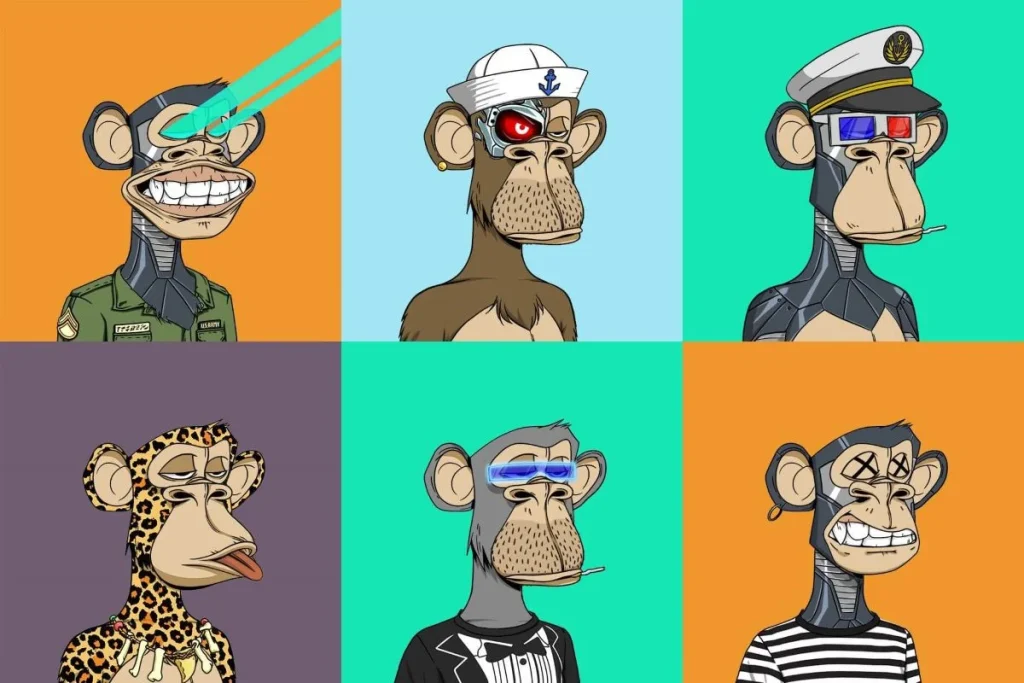
NFT Marketplaces | Photo from blog.gilded.finance
How Do You Buy NFTS?
You can purchase NFTs through Ethereum or other crypto blockchains – this depends on where the NFT was built.
To Purchase Using Ethereum, for Example, You Could Follow These Three Steps:
- Purchase Ethereum on a crypto exchange. (You can purchase Ethereum on exchanges such as Coinbase)
- Transfer your crypto to a crypto wallet. For this step, you could opt to use the built-in wallet features that are available on exchanges like Coinbase but there also exist other options for dedicated wallets like MetaMask.
- Connect your wallet to an NFT marketplace. This is the most obvious step, you can’t purchase an NFT without being involved in a marketplace somehow.
Here’s a List of the Most Popular NFT Marketplaces:
1.) OpenSea
The largest NFT marketplace that also supports more than 150 other payment tokens.
2.) SuperRare
A peer-to-peer marketplace for buying and selling single-edition digital artworks. With top sellers such as Time Magazine covers going for well over $300,000, the site is well-trafficked and currently home to a curated selection of artists and brands.
3.) Rarible
Rarible is quite different from the other NFT marketplaces we’ve mentioned before as it allows you to buy, sell, and mint digital collectibles ranging from everything from gummy bear GIFs to animated videos commemorating sports milestones. Rarible is also attempting to become a decentralized autonomous organization, so it will soon be governed by the Ethereum blockchain, with a token known as RARI allowing the most active buyers and sellers to vote for platform upgrades and participate in moderation decisions.
4.) Foundation
First launched on February 2021, the site has hosted the sale of viral internet assets such as the Nyan Cat, Pak’s Finite record, and the works of other creators.
The sign-up process for these organizations can vary depending on the marketplace. Generally, however, you’ll continue to buy NFTs using a cryptocurrency despite the dollar price tag associated with the asset. The fees will also vary depending on the marketplace.
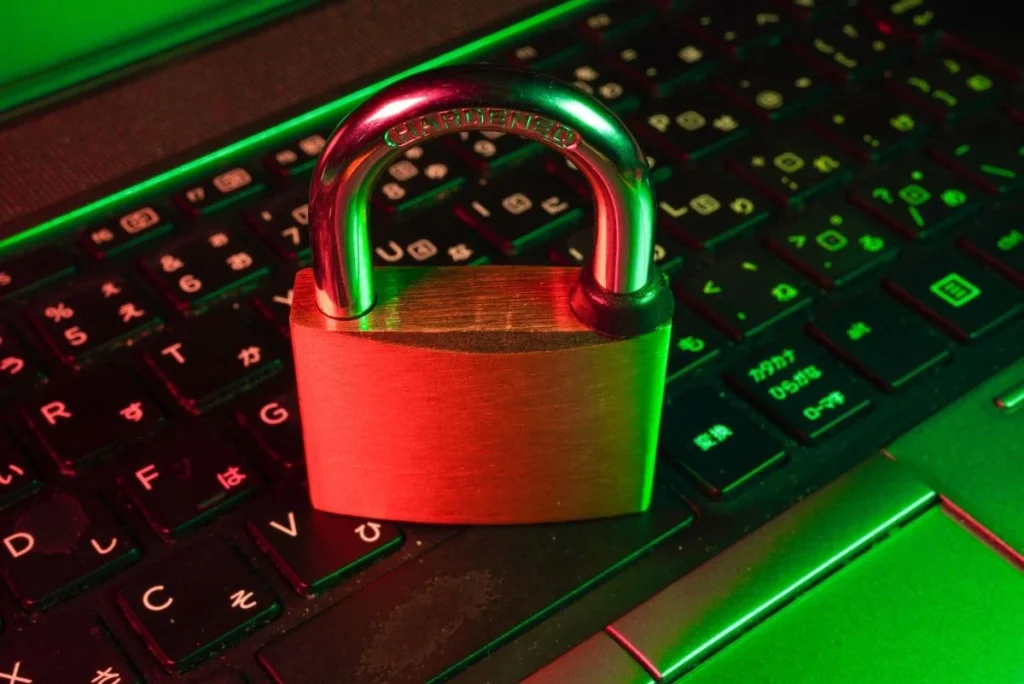
Are NFTs safe?
There are many practical applications for NFTs in the future, like licensing of your lot for sale, for example, although they’re primarily used with digital art today.
“For creators, NFTs create a seamless way to sell digital art that might not have much of a market. Additionally, there are ways in which creators can get paid fees for each subsequent sale of the art,” says Solo Ceesay, co-founder and COO of Calaxy. “On the flip side, collectors are able to speculate on digital art as well as have bragging rights on rare collectibles on the chain.”
The question of the safety of NFTs is quite easy to answer. In general, buying and owning NFTs are as safe as buying and owning cryptocurrency. But, while the technology behind NFTs is thought of as being secure, here is a list of things you’ll probably want to do to ensure that your investment is safe:
1.) Choosing a Secure Wallet
With NFTs being stored and used via a cryptocurrency wallet, it becomes that much more important to choose wallets that are more reputable and secure than others. After all, you wouldn’t trust just any old bank, would you?
Ideally, you’d want a wallet that stores private keys only on that device with strong unique passwords and two-factor authentication. You’d also want this wallet to encrypt your data and require you to set up a recovery passphrase. Some common examples of these wallets once again include MetaMask, Binance, and the Nano Ledger.
2.) Using a Complex Password
A huge mistake that many people make is the use of the same password for different accounts. At that point, you’re begging people to steal your information. A lengthy, unique, complex password is an absolute must if you want to secure your wallet.
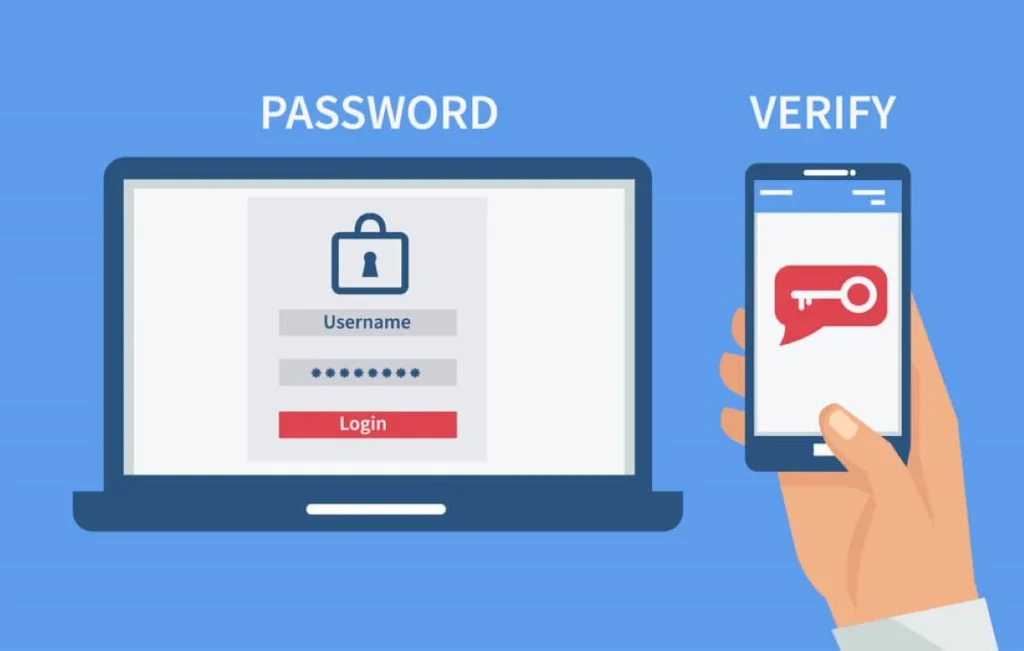
Two-Factor Authentication | Photo from malwarebytes.com
3.) Enable Two-Factor Authentication
Requiring verification before completing any activities will go a long way in reducing the chances of an NFT being stolen or even accidentally sent to someone else. The process here is extremely simple and should be used by everybody.
4.) Back Up Your Wallet Regularly
With everything moving online, it’s only natural to be afraid of your hardware failing you or a system failure occurring. That said, in the event of any of this occurring, you can have peace of mind that you can recover your data eventually if you have multiple backups.
5.) Update Your Software Regularly
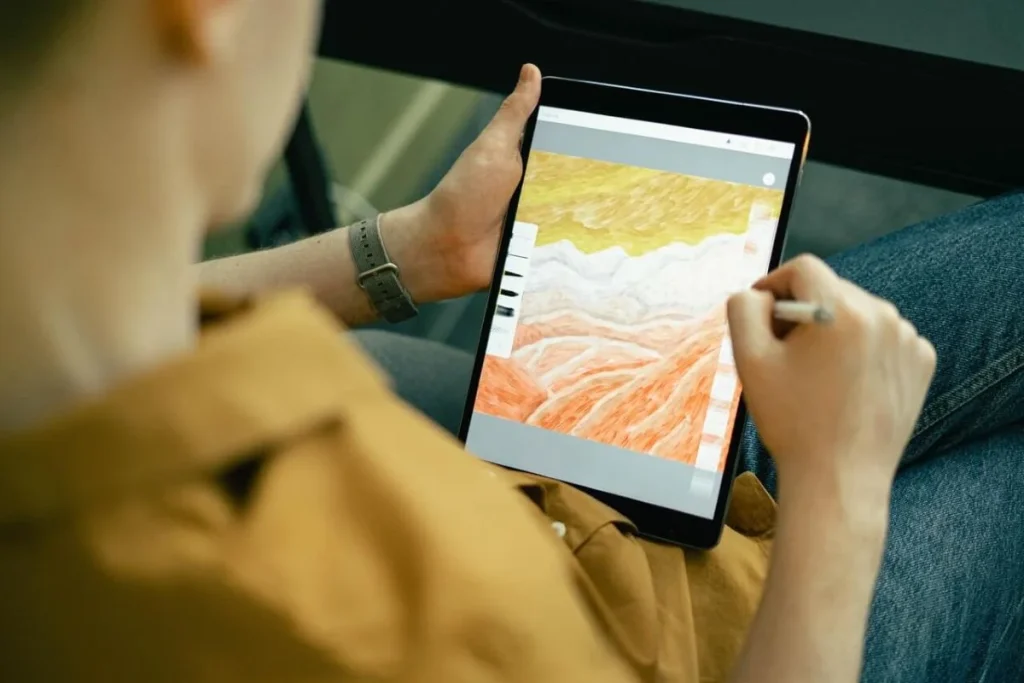
Can I Make My Own NFT?
If you want to create your own NFT, it’s surprisingly easy.
OpenSea and Rarible are the leading platforms for NFT creation and while Rarible dominates total sales figures, OpenSea was created to provide more related services including the ability to create your own NFT Webstore powered through the OpenSea exchange. Regardless of the platform you choose, both platforms will allow you to upload your art and create collections without needing any technical blockchain knowledge.
There’s a Consensus Process of Creating Your NFT, We’ll Cover Them Below:
1.) Set Up Your Software Wallet
The first thing you’ll need to do to create your own NFT is to set up your software wallet, like MetaMask. The wallet can not only hold your NFTs but also any other cryptocurrency that you might own. You’ll also need this to pay blockchain gas fees later on.
The wallet will then have two key pairs: private keys and public keys. A public key is derived from the private key and will serve as the address used to send crypto to the wallet. A private key is like the key to a safe deposit box as anyone who has access to the private key of a wallet can take control of the balance held there.
2.) Tokenize Your Art
Once you have your wallet created, you’ll be able to create your own NFTs.
Again, the two options you have are OpenSea and Rarible. For this example, we’ll be using Opensea and photos of your lot for sale.
First, navigate to opensea.io and click the Create button in the menu bar. You could now connect your MetaMask wallet with OpenSea and get to work.
Upload your photo files to your NFT collection and give each file certain properties and stats to distinguish each from the rest of your collection.
3.) List Them on the Marketplace.
Finally, you’ll need to enable OpenSea to sell items from your account. This will require a blockchain transaction so you will have to pay a gas fee.
Now that you’ve given OpenSea to sell your NFTs, anyone can find and purchase them on the OpenSea marketplace. At this point, it might serve you well to market your NFTs on social media accounts or even create your website for it.

Are NFTs the future?
That leaves us with the final question: are NFTs the future?
Well, innovative ideas are being built on the blockchain at a rapid clip – yet at this point, most new businesses are either creating or selling digital goods or are creating infrastructure to host or display digital goods. What that means is that while there exists a high volume of organizations, differentiation is relatively non-existent.
There are still ripe opportunities in these areas and the technology behind NFTs can be more broadly applied to the real world.
Gary Vaynerchuk put it best when he said “I don’t care if you own a home-brokerage firm or a dental office, there’s an NFT offering that makes sense for you and your customers. If you sell anything, it’s a natural fit.”
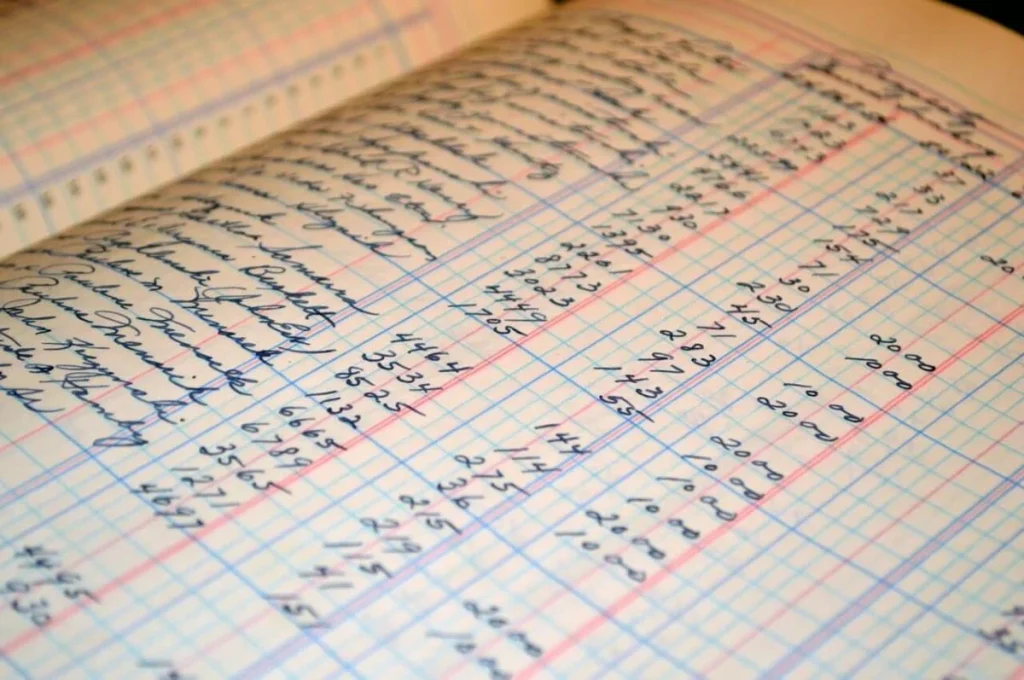
Will NFTs be limited to art?
As mentioned earlier, because blockchain technology has such widely applicable case usages, NFTs will not be limited to art and can be used for other purposes.
Because blockchains create permanent ledgers of transactions, ownership of an NFT can be tracked over time and professionals like musicians and photographers, who have struggled to keep track of the case usages of their art, for example, now have a pretty applicable and diverse means to track their work.
That said, it makes sense that artists have been some of the earliest adopters of the technology but NFTs have a wide array of applications, like memberships to licensing lots for sale or houses for rent.
NFTs could even be transformed to control medical records and other personal data.
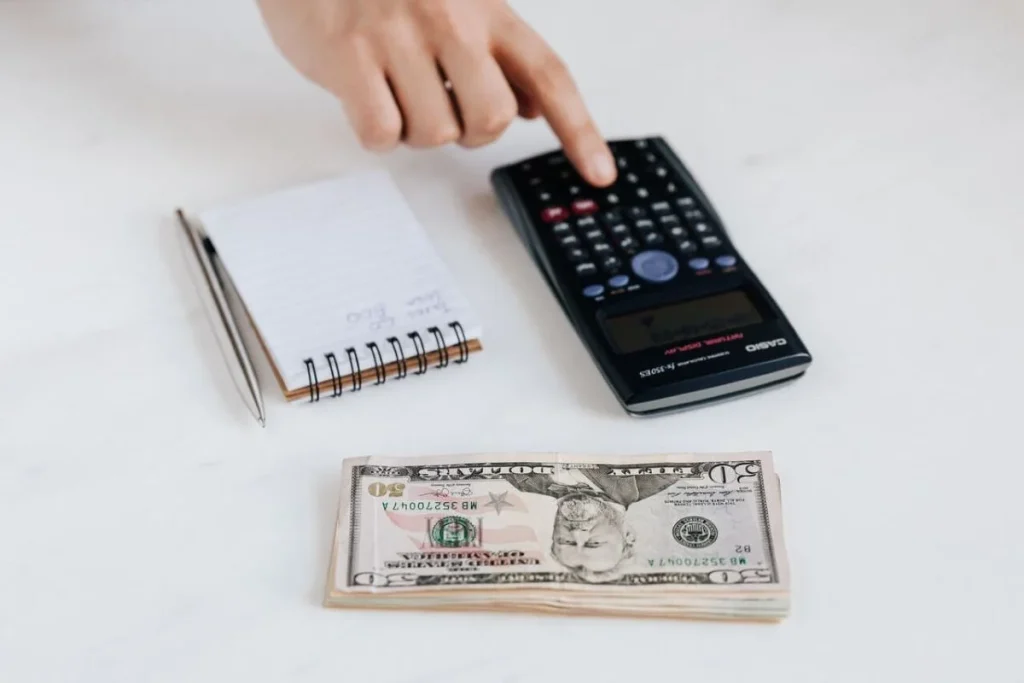
Is It a Good Thing to Invest in NFTS?
Interestingly, there’s no one correct answer to this question. It depends on your current situation and your risk tolerance. It’s a lot like asking yourself: should I buy this lot for sale? It depends on your current situation.
NFTs are a gold rush – plenty of folks are going to make foolish investments and lose money. To truly innovate rather than getting caught up in a frenzy, what you could do is to join communities working on NFT projects and learn as much as you can from them.
Related Blog: Things to Know About Facebook’s Rebranding


